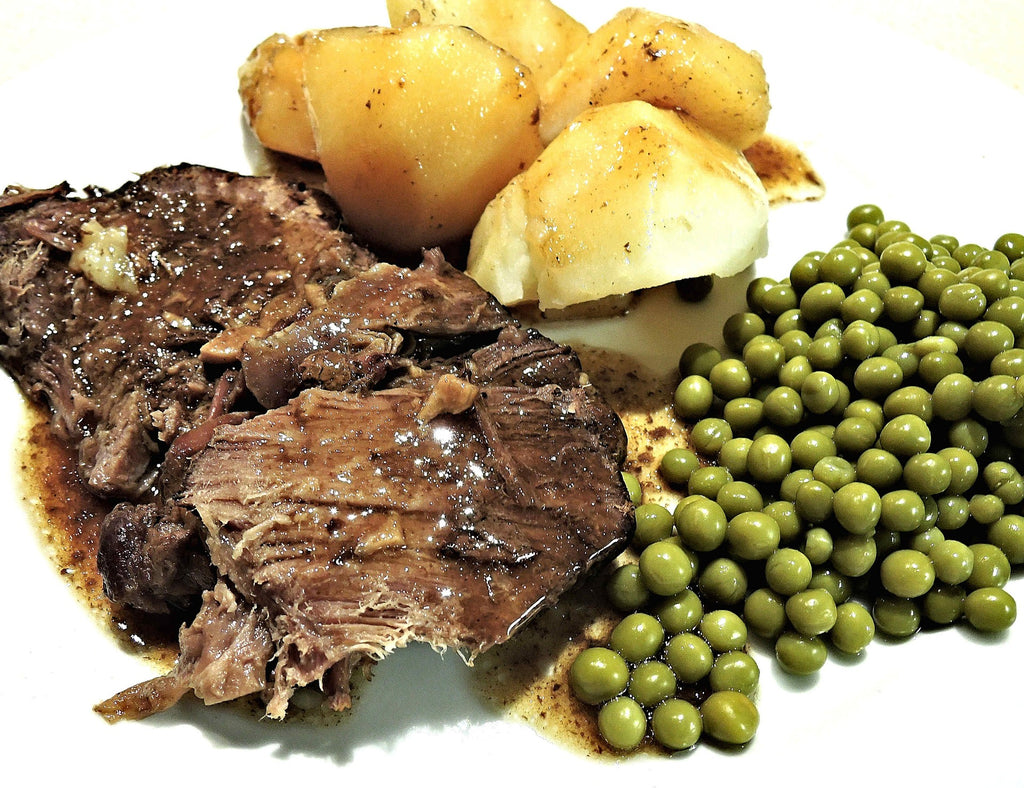useful information
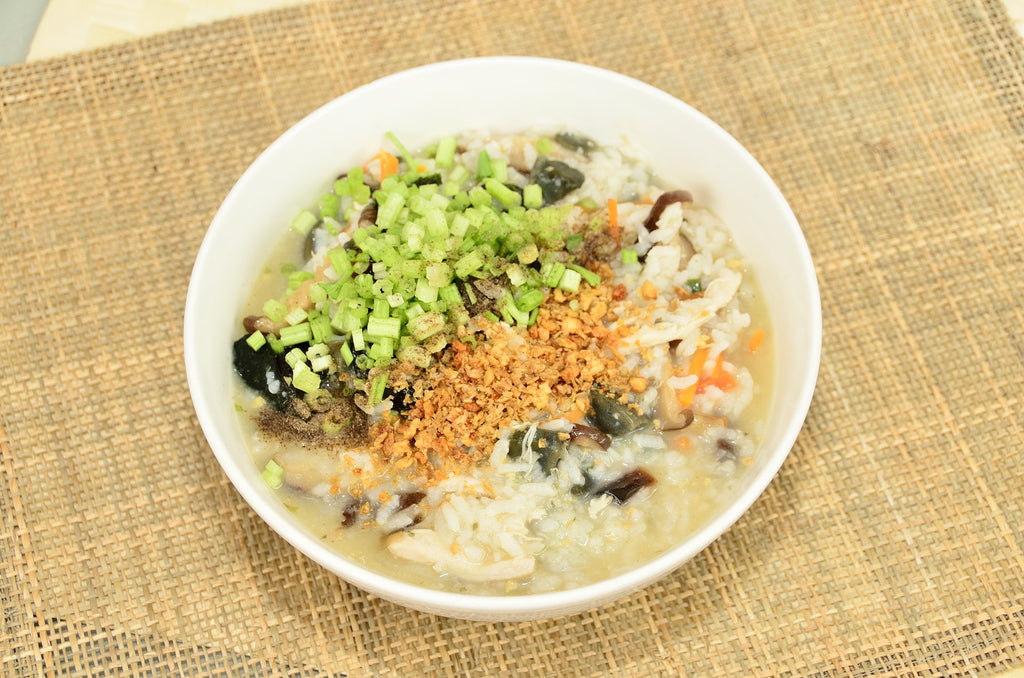
Congee
Rice congee is an Asian rice porridge that is mainly consumed in China, Japan, Thailand and Vietnam.
In China, congee is prepared for breakfast in the morning. It serves as a source of nutrition, but also aids in detoxification and purification. One part rice is used to approximately 10 parts unsalted water. The rice is cooked until it has dissolved into a smooth porridge after about four hours. It is often prepared in advance and can be refrigerated for up to a few days. Congee can be served with various ingredients, such as bean sprouts, soy sauce, nuts, vegetables, meat, fish, ginger, and onions. As a dessert, congee can be prepared with sugar, honey, or milk.
The Japanese version is cooked with one part rice and about six parts water for about 90 minutes. In Japan, congee is traditionally used to nurture the sick back to health. Rice congee is also considered one of the most important foods in Buddhist teachings. It is used, among other things, to support diets for weight loss and to purify and detoxify the body.
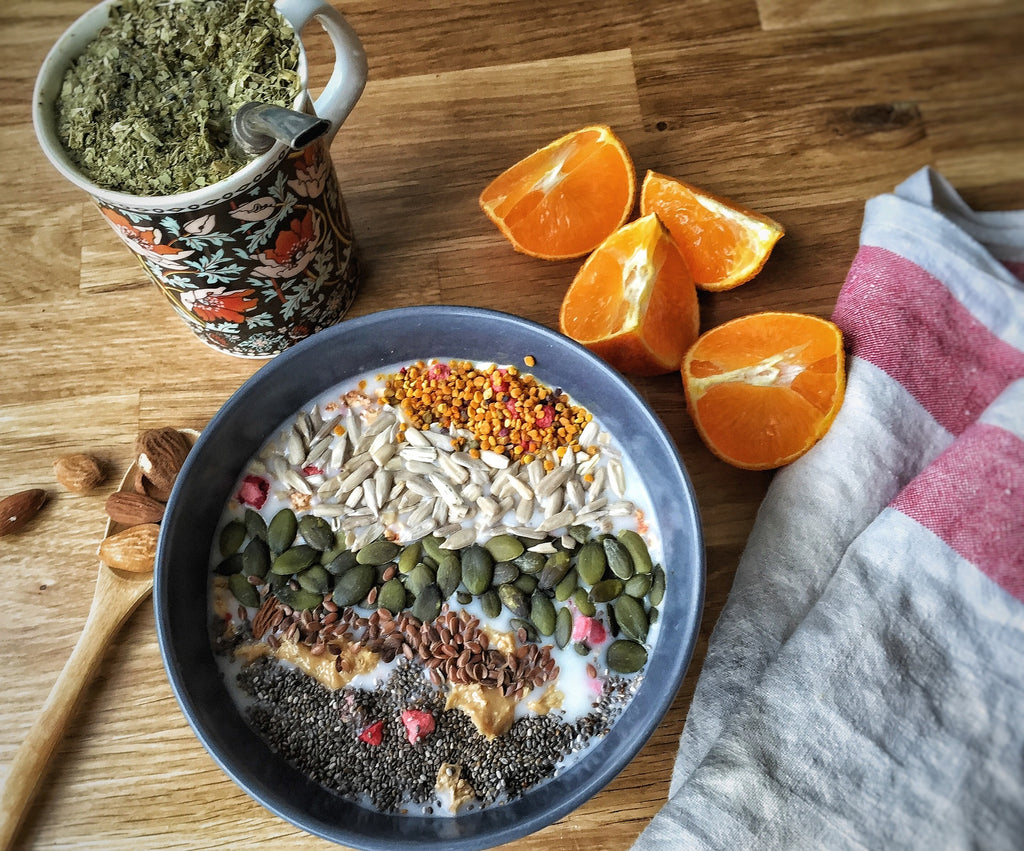
PORRIDGE | OATMEAL | MASH
Porridge (English for porridge) or oatmeal, also oatmeal (American) is a cereal porridge made from oat flakes or oat flour, water and/or milk. The oat flakes are cooked in water and/or milk until they reach a creamy consistency. In England and Scotland, the porridge is often refined with cream, sugar or salt. The finished porridge can be refined with fruit and seeds (like muesli). Apples, bananas, raspberries, blueberries, nuts, cinnamon, chia seeds or even coconut flakes are all suitable. Porridge is very good for good digestion. The porridge gives us energy for sport and the day and at the same time supplies the body with protein, fat, carbohydrates, vitamins, fiber and minerals. The porridge is gentle on the stomach and easy to digest. The fiber it contains keeps you full for a long time and keeps blood sugar and cholesterol levels at a normal level.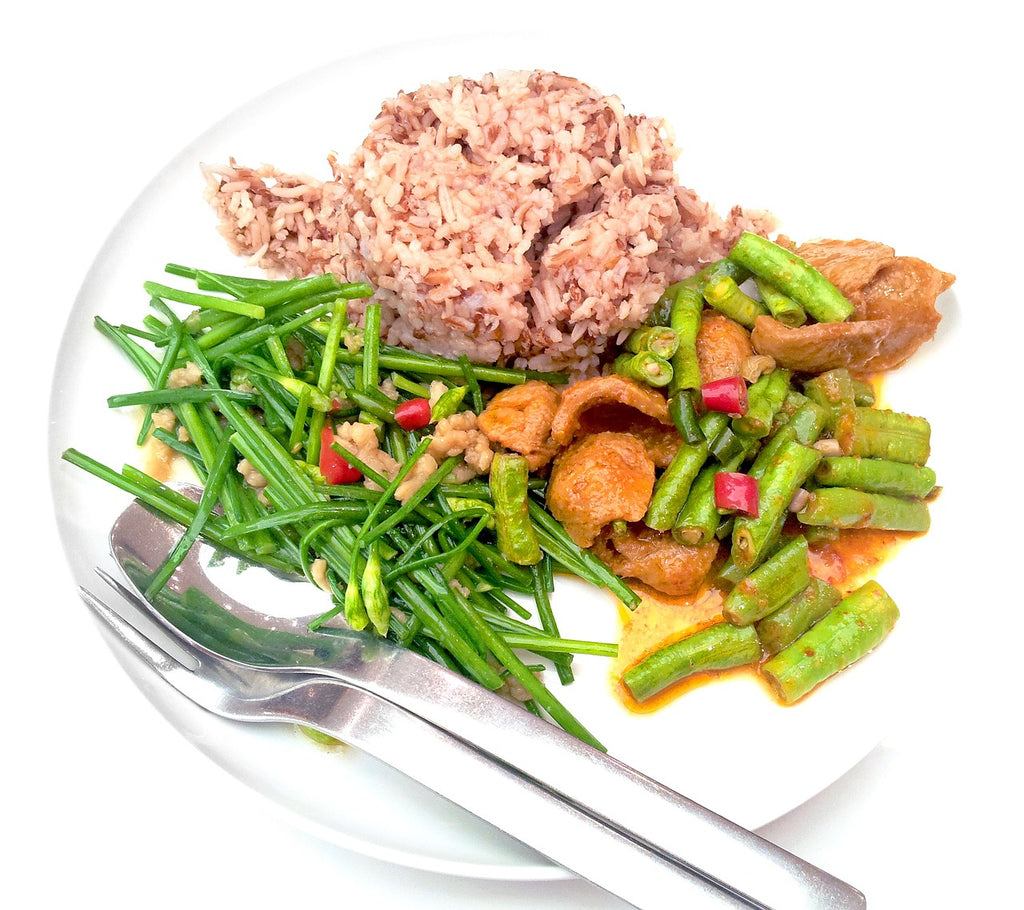
RICE WITH CRUST | PERSIAN RICE | CLAYPOT
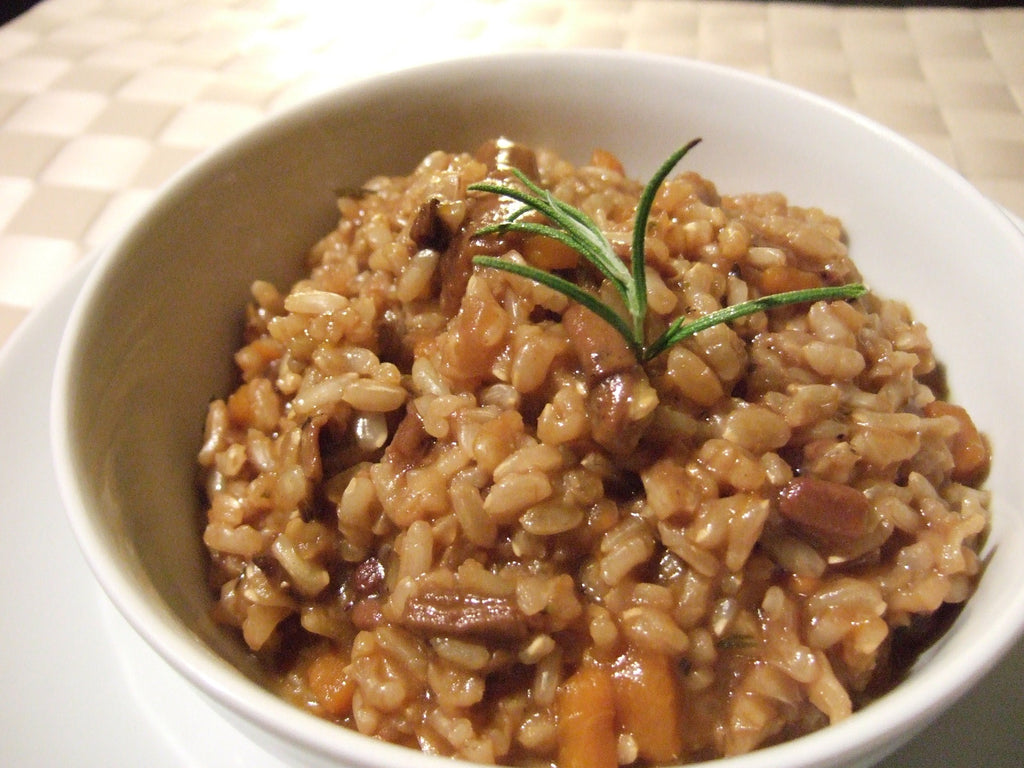
GABA METHOD | GAMMA-AMINO-BUTRY ACID
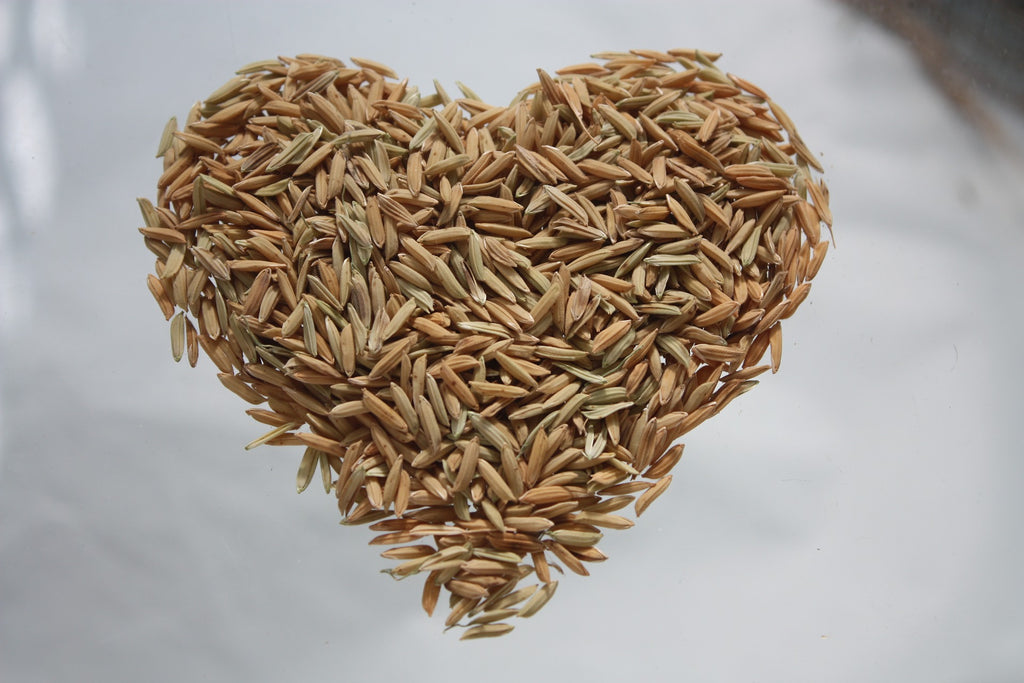
BROWN RICE | NATURAL RICE UNHULKED
Brown rice, natural rice, or whole grain rice still has its hull (i.e., it is unhulled, unlike white rice) and therefore still contains many vitamins and nutrients. Brown rice is ideal for a wholesome, low-calorie diet. However, when cooking, keep in mind that it takes significantly longer than polished white rice. When using the gentle soaking method, you should bear in mind that brown rice requires about an hour to prepare and, of course, more water. Brown rice keeps you full for a long time because it mainly provides carbohydrates, but it also contains protein, calcium, and potassium. Brown and white rice are divided into long-grain and short-grain rice. Long-grain rice is fluffier and lighter after cooking and is ideal for all normal rice dishes (e.g., as a side dish, Thai curries, etc.). Short-grain rice has thick, oval grains that stick together after cooking due to the starch released. It is therefore more suitable for sushi rice or rice pudding. 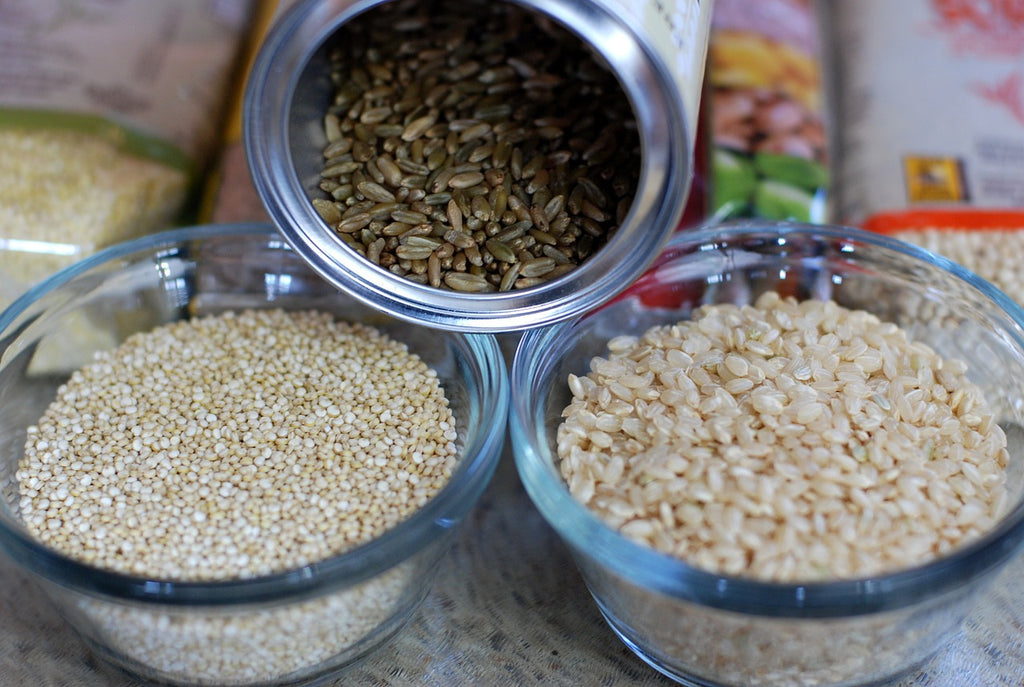
PREPARATION INSTRUCTIONS FOR DIFFERENT TYPES OF RICE AND GRAINS
| Ingredients | Enough for 2-3 people/servings | Amount of ingredient | 1 measuring cup = 160 ml | Amount of liquid | 1 measuring cup = 160 ml | Instructions for preparation in a rice cooker |
| Polenta | 1 1/2 measuring cups | 6 measuring cups | After cooking, let it swell in the pot for another 10 minutes. |
| buckwheat | 1 measuring cup | 2 measuring cups | Nothing special to note. |
| Oats | 1 measuring cup | 2 measuring cups | Nothing special to note. |
| Polished spelt | 1 measuring cup | 2 measuring cups | Nothing special to note. |
| Quinoa | 1 measuring cup | 2 1/2 measuring cups | Wash in hot water beforehand to remove bitter substances. |
| Couscous | 1 measuring cup | 1 measuring cup | After cooking, let it swell in the pot for another 10 minutes. |
| Bulgur | 1 measuring cup | 2 measuring cups | Nothing special to note. |
| Golden millet | 1 measuring cup | 2 measuring cups | Nothing special to note. |
| Green spelt | 1 measuring cup | 2 measuring cups | Soak in plenty of water for at least 8 hours beforehand. |
| Wheat semolina | 30 grams | 2 measuring cups | After cooking, let it swell in the pot for another 15 minutes |
| Mung beans | 1 measuring cup | 1 1/2 measuring cups | Soak in plenty of water for at least 8 hours beforehand. |
| Red lentils | 1 measuring cup | 2 measuring cups | Nothing special to note. |
| Mountain lentils | 1 measuring cup | 3 measuring cups | Only season or salt after cooking, otherwise they will not soften. |
| Beluga lentils | 1 measuring cup | 2 measuring cups | Only season or salt after cooking, otherwise they will not soften. |
| Rice pudding | 1 1/2 measuring cups | 4 measuring cups | Use milk or broth, making sure the milk does not boil over. |
| Long grain rice (parboiled) | 1 measuring cup | 2 measuring cups | Nothing special to note. |
| White Basmati Rice | 1 measuring cup | 2 measuring cups | Nothing special to note. |
| Whole grain basmati rice | 1 measuring cup | 2 measuring cups | After cooking, let it swell in the pot for another 10 minutes. |
| Risotto rice | 1 measuring cup | 4 measuring cups | Sauté onions in olive oil beforehand, use vegetable stock. |
| Long grain rice natural | 1 measuring cup | 2 measuring cups | After cooking, let it swell in the pot for another 10 minutes. |
